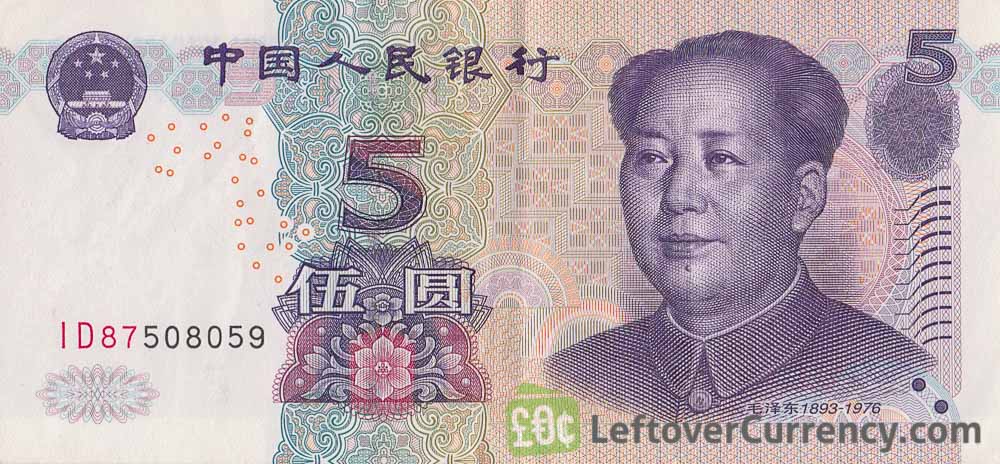The foreign exchange market is a complex and dynamic system where currencies from different countries are traded. Among the myriad currency pairs, the Chinese Renminbi (RMB) to Philippine Peso (PHP) exchange rate holds significance due to the economic ties between China and the Philippines. In this article, we will delve into the factors influencing the RMB to Peso exchange rates and how these dynamics impact both nations.
Historical Perspective:
To comprehend the present state of the RMB to Peso exchange rates, it is essential to explore the historical context. China’s economic transformation over the past few decades has been nothing short of remarkable. As the world’s second-largest economy, China plays a crucial role in global trade and finance.
The Philippines, on the other hand, has experienced steady economic growth, and its currency, the Philippine Peso, reflects the nation’s economic stability. The historical relationship between these two currencies is shaped by trade agreements, diplomatic relations, and global economic trends.
Factors Influencing Exchange Rates:
- Economic Indicators: Economic indicators such as GDP growth, inflation rates, and employment figures significantly impact exchange rates. A robust Chinese economy often strengthens the RMB against other currencies, including the Peso. Similarly, positive economic indicators in the Philippines can bolster the Peso.
- Trade Balance: The trade balance between China and the Philippines is a crucial determinant of their exchange rates. If China exports more goods to the Philippines than it imports, demand for the RMB increases, leading to an appreciation against the Peso.
- Interest Rates: Central banks play a pivotal role in influencing exchange rates through interest rate policies. Higher interest rates in China can attract foreign capital, increasing demand for the RMB and causing its value to rise relative to the Peso.
- Political Stability: Political stability is a key factor affecting investor confidence. A stable political environment in both China and the Philippines is likely to attract foreign investment, positively impacting their respective currencies.
- Global Economic Trends: Both countries are part of the global economic landscape, and events such as financial crises, geopolitical tensions, or changes in global commodity prices can have ripple effects on their currencies.
- Central Bank Interventions: Central banks may intervene in the foreign exchange market to stabilize or manipulate their currencies. For instance, China’s central bank may engage in currency interventions to maintain a competitive edge in international trade.
Current Exchange Rate Trends:
The RMB to Peso exchange rate stands at [exchange rate]. Understanding the current trends requires considering the ongoing economic conditions, trade balances, and geopolitical developments.
China’s efforts to internationalize the RMB have also influenced its exchange rates. The inclusion of the RMB in the International Monetary Fund’s (IMF) Special Drawing Rights (SDR) basket has increased its prominence in global trade and finance.
Impact on Trade and Investments:
The RMB to Peso exchange rate has significant implications for businesses engaged in trade between China and the Philippines. A favorable exchange rate can enhance the competitiveness of exports and imports, potentially boosting trade volumes.
For investors, fluctuations in exchange rates pose both risks and opportunities. Currency movements can impact the returns on investments denominated in RMB or Peso. Investors need to carefully assess the exchange rate risks and implement risk management strategies.
Challenges and Opportunities:
While a stable and mutually beneficial exchange rate is ideal, challenges often arise due to external factors. Global economic uncertainties, trade tensions, and shifts in monetary policies can create volatility in the RMB to Peso exchange rates.
However, challenges also bring opportunities. Businesses and investors can capitalize on favorable exchange rate movements to optimize their positions in the market. Hedging strategies, forward contracts, and staying informed about economic indicators are crucial tools in navigating the complexities of the foreign exchange market.
Conclusion:
The RMB to Peso exchange rate is a dynamic reflection of the economic ties between China and the Philippines. Understanding the factors influencing these rates is essential for businesses, investors, and policymakers. As both nations continue to play integral roles in the global economy, monitoring exchange rate trends and adapting strategies accordingly will be crucial for success in the ever-evolving landscape of international trade and finance.

